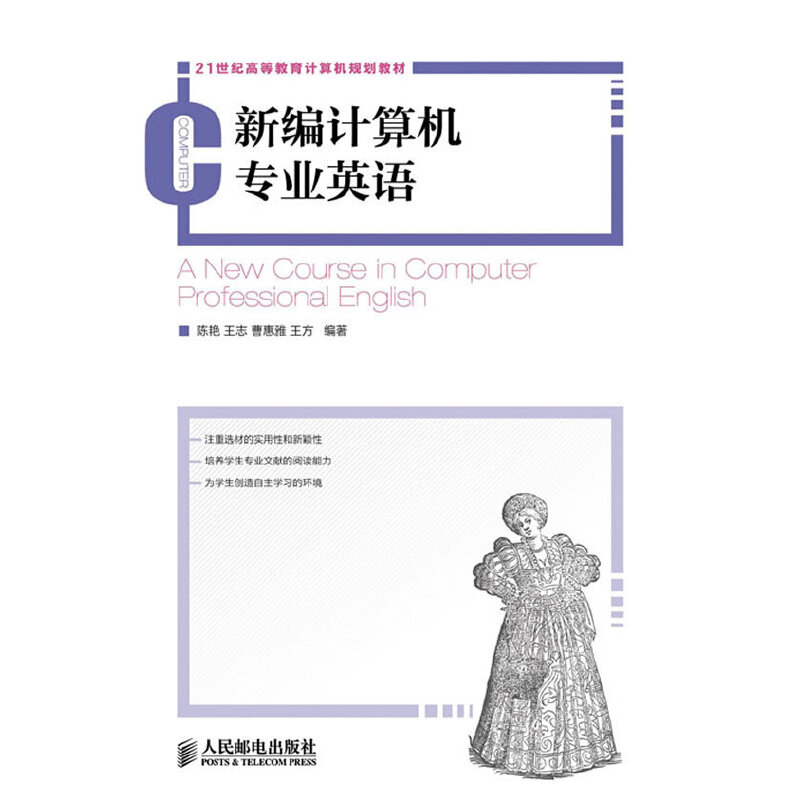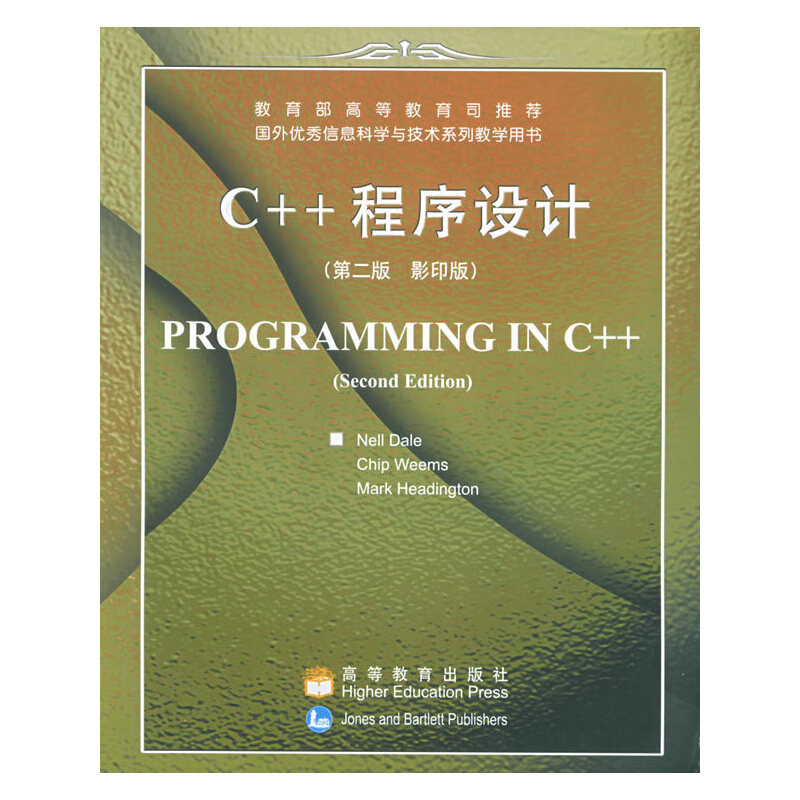中药化学(英文版) / 全国中医药行业高等教育十二五创新教材
¥58.00定价
作者: 高增平
出版时间:2014-08
出版社:中国中医药出版社
- 中国中医药出版社
- 9787513219334
- 51421
- 2014-08
- R284
内容简介
高增平主编的《中药化学》(英文版)以满足教学需要为中心,根据大学本科中药专业四年制的中药化学教学大纲要求编写,文字表达简洁,尽量多用流程图、示意图等表达方式,使读者能直观地感受提取分离的过程和原理,意在开启学生科研思路和激发学生的学习兴趣,培养学生的创新精神和实践能力。研究实例选取常用中药、突出最新研究进展,内容包括:药材名、来源、性味归经、功能主治(以2010版中国药典为准,突出中药特色);现代药理研究简况(力求反映最新研究进展);化学成分(所含化学成分概况、主成分的结构、理化性质、提取分离方法、波谱数据)。
目录
PART ONE BASIC PRINCIPLES
Chapter 1 General Introduction to Chemistry of Chinese Materia Medica
1 The Conception of Chemistry of Chinese Materia Medica
2 The Application of Chemistry of Chinese Materia Medica
2.1 To Clarify Effective Compositions of Chinese Herbs
2.2 To Facilitate the Development of New Drugs
3 The Progress of Chemistry of Chinese Materia Medica
3.1 Development in Identification of Effective Compositions of Chinese Herbs
3.2 The New Development in Drug Research and Pharmaceutic Industry
3.3 The Progress in Quality Control of Chinese Herbs and their Preparations
Chapter 2 General Methods for Chemical Investigation of Chinese Herbs
1 The Biosynthetic Pathways and Classification of Chemical
Constituents from Chinese Herbs
1.1 Biosynthetic Pathways
1.2 Classification of Chemical Constituents
2 The General Methods for Chemical Investigation
2.1 Extraction Methods
2.2 Isolation Methods
2.3 Structure Determination Methods
Chapter 3 Carbohydrates and Glycosides
1 Carbohydrates
1.1 Introduction
1.2 Structure and Classification
1.3 The properties of carbohydrates
2 Glycosides
2.1 Introduction
2.2 Structure and Classification
2.3 General Physicochemical Properties
3 Extraction and Isolation Methods
3.1 Extraction Methods
3.2 Isolation Methods
4 Identification
4.1 Physicochemical Identification
4.2 Chromatography Identification
5 Structure Determination
5.1 Determination of Physical Constants
5.2 Determination of Molecular Formula and Molecular Weight
5.3 Identification of Aglycones and Saccharides
5.4 Determination of the Linkage Sequence and Position in the Saccharide Moiety
5.5 Determination of the Configuration of Glycosidic Linkage
Chapter 4 Quinones
1 Introduction
2 Structure Characteristics and Classification
2.1 Benzoquinones
2.2 Naphthoquinones
2.3 Phenanthraquinones
2.4 Anthraquinones
3 Physical and Chemical Properties
3.1 Physical Properties
Chapter 5 Phenylpropanoids
Chapter 6 Flavonoids
Chapter 7 Tannins
Chapter 8 Alkaloids
Chapter 9 Steroids
Chapter 10 Terpenoids and Volatile Oils
Chapter 11 Saponins
Chapter 12 Other Constituents
PART TWO APPLICATIONS
Chapter 13 Examples of Chinese Herbs
APPENDICES
Chapter 1 General Introduction to Chemistry of Chinese Materia Medica
1 The Conception of Chemistry of Chinese Materia Medica
2 The Application of Chemistry of Chinese Materia Medica
2.1 To Clarify Effective Compositions of Chinese Herbs
2.2 To Facilitate the Development of New Drugs
3 The Progress of Chemistry of Chinese Materia Medica
3.1 Development in Identification of Effective Compositions of Chinese Herbs
3.2 The New Development in Drug Research and Pharmaceutic Industry
3.3 The Progress in Quality Control of Chinese Herbs and their Preparations
Chapter 2 General Methods for Chemical Investigation of Chinese Herbs
1 The Biosynthetic Pathways and Classification of Chemical
Constituents from Chinese Herbs
1.1 Biosynthetic Pathways
1.2 Classification of Chemical Constituents
2 The General Methods for Chemical Investigation
2.1 Extraction Methods
2.2 Isolation Methods
2.3 Structure Determination Methods
Chapter 3 Carbohydrates and Glycosides
1 Carbohydrates
1.1 Introduction
1.2 Structure and Classification
1.3 The properties of carbohydrates
2 Glycosides
2.1 Introduction
2.2 Structure and Classification
2.3 General Physicochemical Properties
3 Extraction and Isolation Methods
3.1 Extraction Methods
3.2 Isolation Methods
4 Identification
4.1 Physicochemical Identification
4.2 Chromatography Identification
5 Structure Determination
5.1 Determination of Physical Constants
5.2 Determination of Molecular Formula and Molecular Weight
5.3 Identification of Aglycones and Saccharides
5.4 Determination of the Linkage Sequence and Position in the Saccharide Moiety
5.5 Determination of the Configuration of Glycosidic Linkage
Chapter 4 Quinones
1 Introduction
2 Structure Characteristics and Classification
2.1 Benzoquinones
2.2 Naphthoquinones
2.3 Phenanthraquinones
2.4 Anthraquinones
3 Physical and Chemical Properties
3.1 Physical Properties
Chapter 5 Phenylpropanoids
Chapter 6 Flavonoids
Chapter 7 Tannins
Chapter 8 Alkaloids
Chapter 9 Steroids
Chapter 10 Terpenoids and Volatile Oils
Chapter 11 Saponins
Chapter 12 Other Constituents
PART TWO APPLICATIONS
Chapter 13 Examples of Chinese Herbs
APPENDICES




